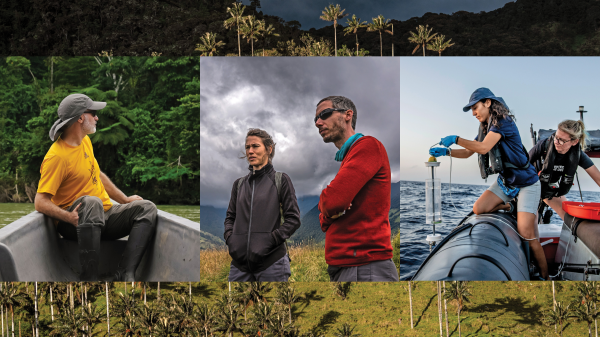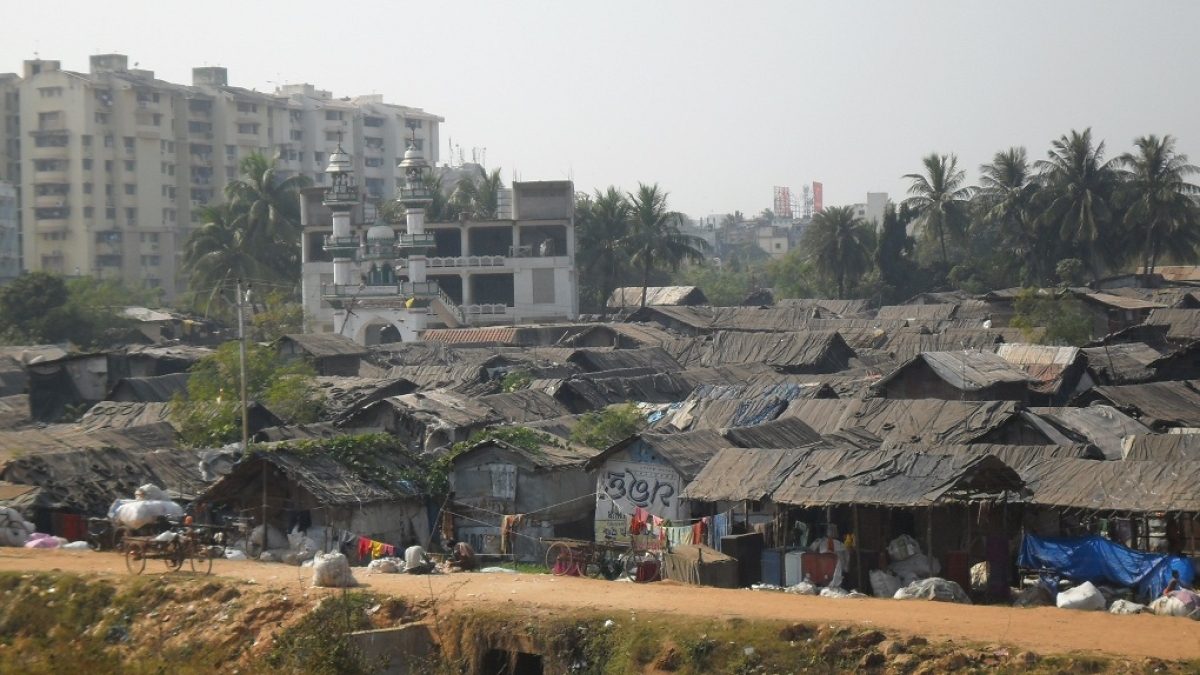In Mumbai, India, 55 percent of the city’s population lives in slums that only cover about 6 to 8 percent of the city’s land.
Khayelitsha, a slum in Cape Town, South Africa, has a population of around 400,000. Residents walk more than 300 feet to public water fountains to get water for drinking, cooking and bathing. There are six toilets in the settlement.
Places like these, without sewers, running water, electricity, schools or police stations are unimaginable to most Americans. To much of the rest of the world, they are the reality.
Almost all worldwide growth in urban populations, from 4 billion people in 2015 to more than 6 billion by 2050, is expected to happen in low- and middle-income countries. Cities that face serious issues with land, shelter and services will need to increase their total urban population by 75 percent, according to a report presented at the World Urban Forum earlier this month.
Professor José Lobo, senior sustainability scientist in Arizona State University's Julie Ann Wrigley Global Institute of Sustainability, was one of the report’s authors. Lobo studies the origins and drivers of urbanization and the role of cities in socioeconomic development.
The report corrected several flawed assumptions about slums, providing these facts instead: Slums are poverty traps, not steppingstones to upward mobility. Access to health care in urban areas can be more difficult than in rural areas. Non-governmental organizations cannot always sweep in and provide solutions; those solutions have to come from within.
If cities in developing nations don’t address their burgeoning slums, Lobo said, poverty will increase, political instability will heighten and human misery will continue. And as extreme-weather events become more common with climate change, poorer populations will bear the brunt of them.
The report detailed efforts of Know Your City, an initiative started by Slum Dwellers International, a network of community-based organizations of urban poor in 33 countries. Know Your City organized slum dwellers and local governments in 103 cities across Africa, Asia and Latin America, covering 1,238 settlements to partner in community-led slum profiling, enumeration and mapping.
Slums have been intensely studied and measured in the past, but it hasn’t been enough, Lobo said.
“The efforts to date are insufficient given the scale of the many problems to be addressed,” said Lobo. “If we wait for government statistical offices to conduct population censuses of slums — neighborhoods which in many cases the authorities are reluctant to even acknowledge that they exist — we will be waiting for a long time. What is novel is the concept, and practice, that communities can be active participants in collecting data about themselves and using such data collection efforts to claim a space in the discussions about urban planning.”
And, simply put, no one knows what’s needed more than the people who live there.
“Data collection is the key to community improvement — if we know how to create partnerships and negotiate with our information,” said one volunteer quoted anonymously in the report. “With our data, we were able to form partnerships and negotiate for the construction of two biogas toilets, four water kiosks and the renovation of four public toilets.”
Poor communities know what they lack, and residents have many ideas as to what acceptable or inadequate solutions are, Lobo said.
“The central premise of community data collection is that the data collected becomes an instrument to foster a dialogue among the many different parties (communities, public agencies, governments, NGOs, international funding agencies) about the design and implementation of effective solutions,” he said.
However, many city governments don’t have the data necessary for inclusive city planning. Slums are viewed as a burden to the city, a problem to be controlled and regulated. The Know Your City data on informal settlements fills this gap and enables informed dialogue on inclusive policy and practice. Starting with mapping and census counts, the data has the potential to change dysfunctional urban planning and management.
“Slums are not undifferentiated seas of poverty and misery, nor are they ‘problems’ to be fixed,” Lobo said. “There is a lot of knowledge within poor communities everywhere, and even financial resources to be tapped into (think of savings associations) if the residents are allowed to be involved in the design and implementation of solutions.”
Top photo: Slum in India. Photo courtesy of Wikimedia Commons
More Environment and sustainability

A water fix that takes on the yuck factor
Written by Christy Spackman, an ASU assistant professor and senior global futures scientist. This essay is adapted with permission from an article in Issues in Science and Technology from her book, “…

At home in the wild
By Kristin ToussaintEditor's note: This story is featured in the winter 2025 issue of ASU Thrive.Way up in the Andes mountains in Colombia, wax palms stretch their towering, skinny trunks into the…

Switching to 'green' plastic alone won’t solve the plastic problem, study shows
Plastic is everywhere. Today alone, you have probably already touched a whole lot of it, whether it’s your phone case, sunglasses, a grocery bag or your water bottle. It’s no news that plastic…
